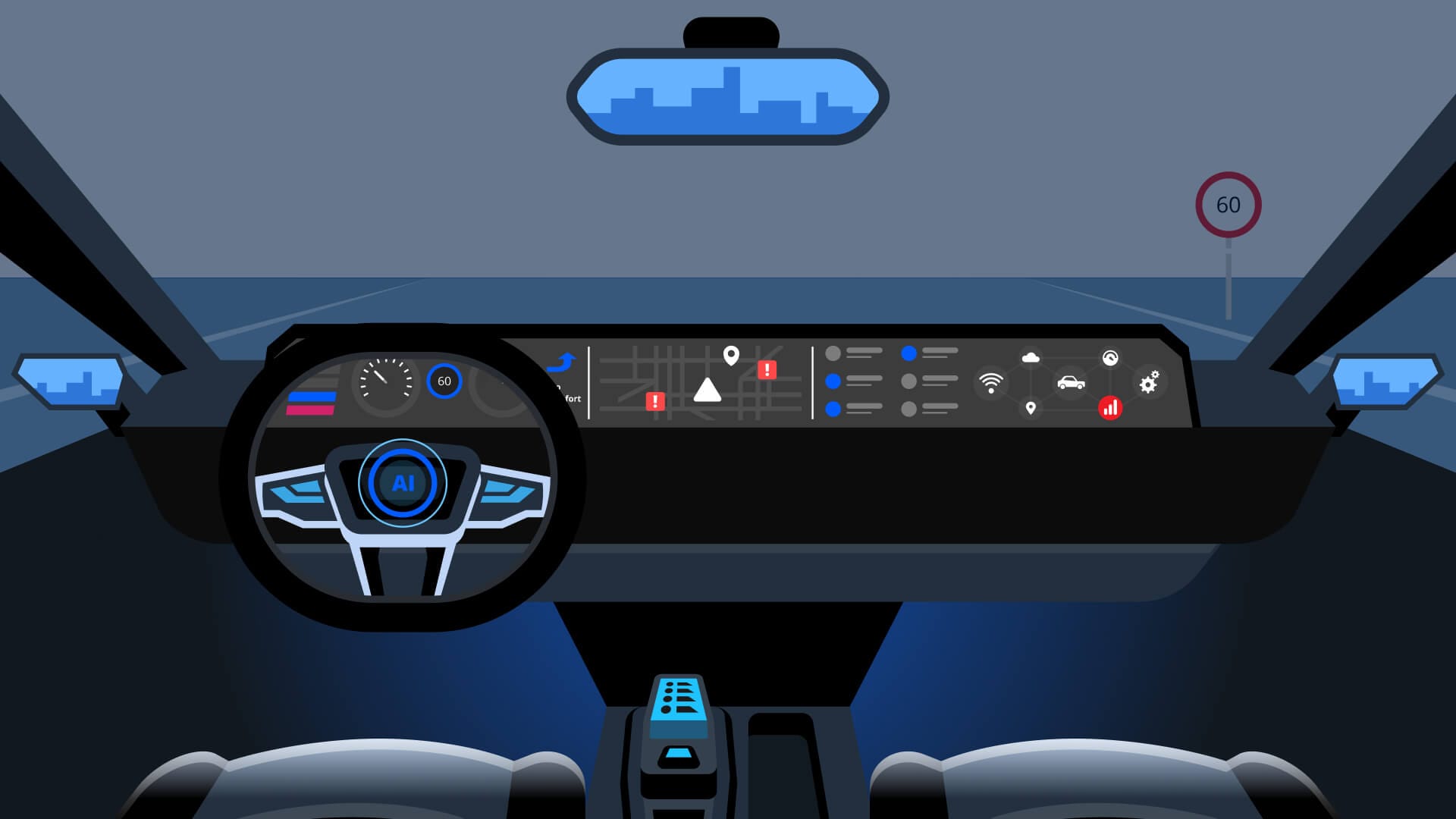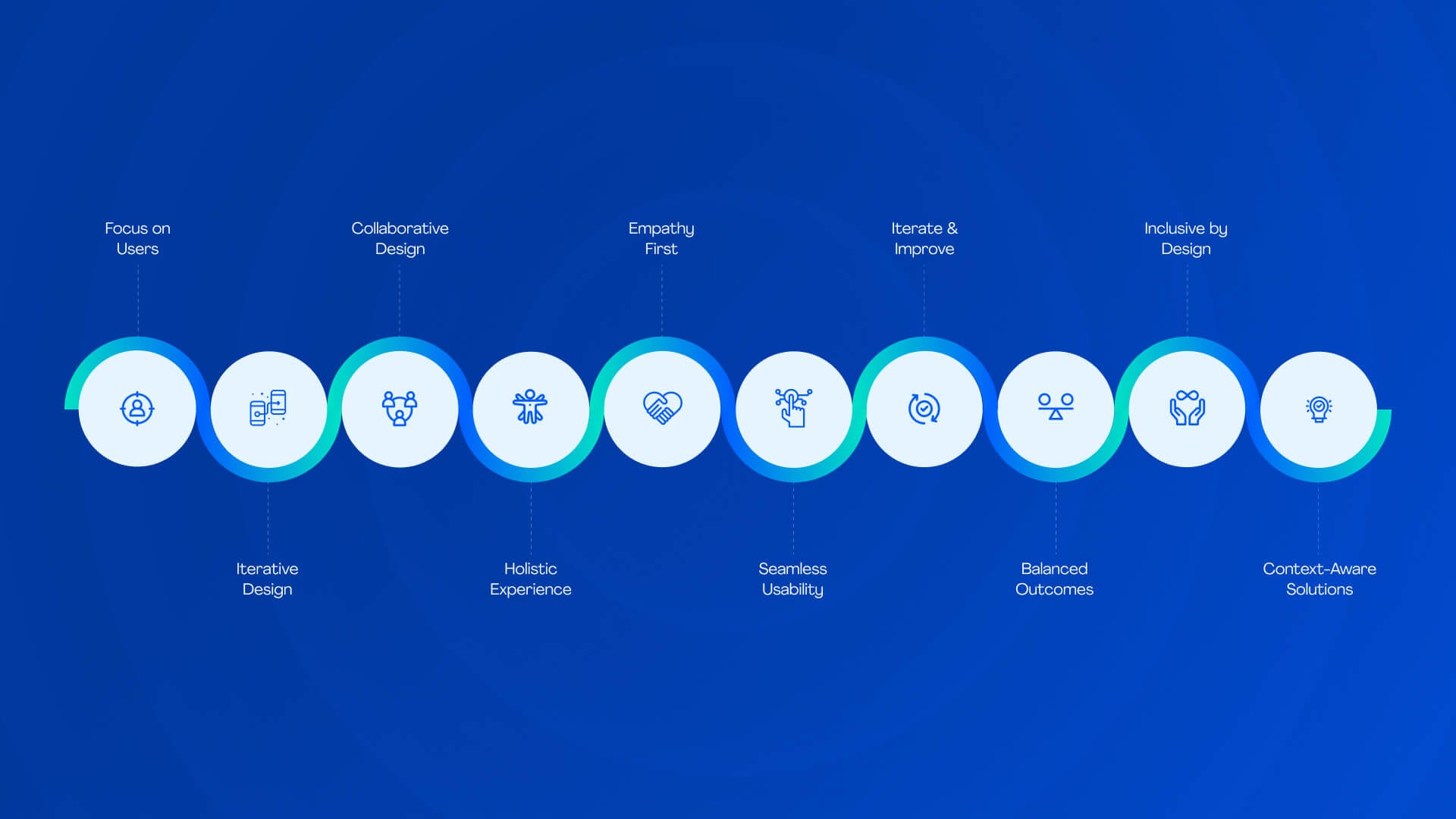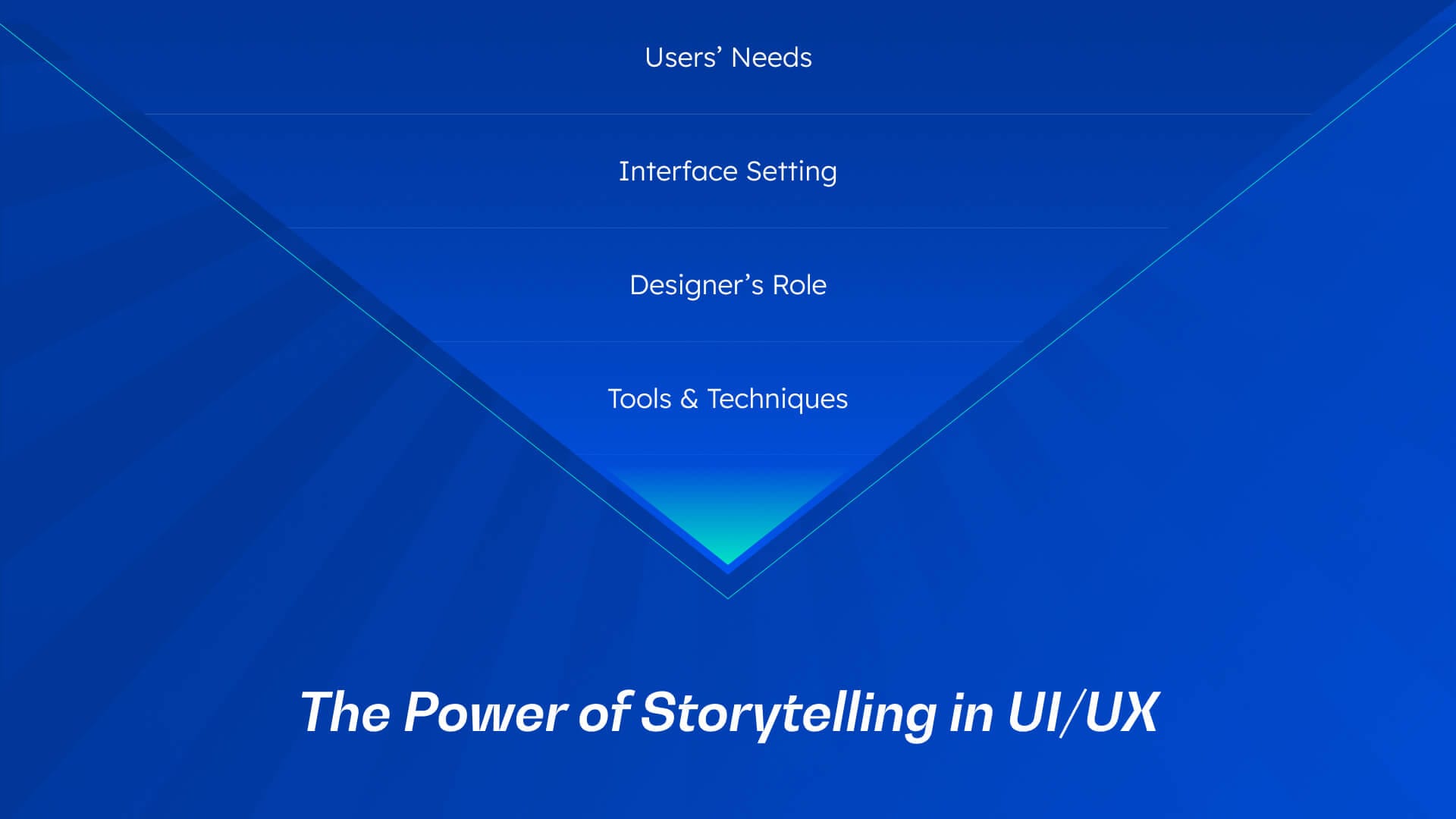In an era of interfaces, where lightning-speed scrolling decides the success metrics, a digital product feels more connected if felt, rather than how it looks. Appearances do matter, but does it feel relevant? Does it move you? Does it skip your heart or make you think about it on the go? What makes a user linger on your page or app? What does a digital product do to you so that you click or tap on the purchase button? At the core, the answer lies in storytelling in UI UX design. In design, a subtle calibration of narrative, interface science, and emotions keeps you connected throughout the digital experience.
Along with developing screens, TheFinch Design weaves stories that people want to connect with. Here, we break down the science, psychology, and strategy of storytelling-led design and a comprehensive guide to storytelling in life science, how it impacts human behavior on an emotional level, eventually leading to compelling, quantifiable conversions.
The Psychology of Storytelling in Interface Design
Humans are hardwired in stories. Context leads us to remember, learn, and make decisions. We are natural storytellers and receivers. Our brain favors storytelling in science over just abstract raw data.
At our UI UX design agency, we blend technology, science, and storytelling to create engaging narratives to humanize scientific concepts. And the content is not limited to typical copywriting. It becomes a vital element of storytelling architecture. The instant a user lands on your website or app, they are surrounded by a narrative. That’s effective storytelling in interfaces. Let's demystify the psychological underpinnings:
Cognitive Fluency
Our brain calculates and processes data quickly. For instance, individuals are more likely to take action when products are easy to use and comprehend. Visually clean, simple, and structured interfaces instantly build trust and familiarity. The effortless the interface, the quicker the user’s action. That is cognitive fluency or scientific content creation in UI UX design.
Emotional Contagion
Emotions are contagious, as we know. The colours, images, and tone-rich content induce instant emotions in the user. In UX design and storytelling in science communication, there are positive emotional signals that let users engage with the product without hesitation. These signals, like the progress bars or assurance badges, help the users to understand what the next action should be. That is, anxiety-reducing design, a complex scientific approach in UX design.
Narrative Transportation
Sometimes, we come across an interface that is so intriguing that we get drawn in. When the plot is more than scrolling, it becomes a journey with a potential destination (conversion). This engagement makes it easier for designers to roll out crucial information and enhance user dedication, i.e., purchase, signup, or inquiry. This is one of the master storytelling techniques.
Attention & Memory
We remember stories rather than raw data. We pay more attention to the start, middle, and end of the information in a story. If structured in a captivating chronology of experiences, users remember the interface and ultimately its value proposition. Hence, attention and memory are critical in scientific storytelling and psychological user experiences.
Storytelling Framework in UI/UX
Every user journey can be structured like a classic story arc, i.e., to build UX flows developed around mastering storytelling techniques. Here’s how we leverages the art of storytelling in science and design.
- Introduction: The intro just creates a hook of relevance immediately after opening the landing page, just like the first few words in a TED talk
- Conflict: User pain points; what are the challenges, problems we are solving?
- Rising Action: Solutions or features’ introduction, product walkthroughs, and testimonials. This becomes an ‘evidence-based’ action in science storytelling
- Climax: The CTA placement becomes a reward or resolution
- Conclusion: Success screens, post-conversion onboarding to ensure closure with trust
Our UI UX designers integrate this arc into the interface flow, guiding both functionally and through narrative logic, to keep moving ahead.
Key Storytelling Fundamentals in UX
Microcopy as Dialogue
Microcopy in storytelling is a brand’s voice that guides users at each step. Rather than robotic singular cues like ‘submit form’, a psychological storytelling technique, microcopy writes, ‘almost there…’ which is not just tone-appropriate but also creates a conversation, at least in the user’s mind!
Visual Hierarchy as Plot
An interface is built upon headers, callouts, and image positions that structure the emotional vibe of the screen, just as a paragraph builds the story, it is a visual hierarchy that guides through the interface.
Emotional Triggers
Design is perception. For example, warm tones represent trust and friendliness, cool palettes convey professionalism, and whitespace minimizes the overwhelming flow of information; emojis or icons connect with humans quickly. These visual techniques are more than aesthetics. They are behavioural in UI UX design.
Interactive Touchpoints
Features like tooltips, animation buttons, hovering effects, and personalized pathways can make the storytelling more connected to humans. In short, it’s less robotic and more engaging for the users. It lets the users interact with the product and makes it more approachable and navigable.
Narrative Consistency
The story must not be disrupted at any point. Throughout the pages from the homepage to the contact page, the story should unfold consistently so the users don’t feel lost or out of track. Every screen has to build towards a bigger narrative thread.
What are the Ethics of Storytelling in Design?
Can UI/UX designers influence behavior? Unquestionably yes. Should it? That’s where design ethics come into play. Designers have the power to impact and build interfaces that drive decision-making.
Persuasion or Manipulation? At TheFinch Design, our approach is persuasive, always. Short-term techniques like guilt-based modals, hidden urgency, and opt-outs in dark patterns can boost temporarily, but might break long-term user confidence.
“Trust-led conversion is our philosophy. Never manipulation. Influence? Yes!”
Conversion Psychology in Action
This is the way we apply psychology to push users to conversion:
Behavioral Nudges
- Social proof (reviews, facts, statistics) diminishes uncertainty
- Scarcity (“Only 3 left”) induces urgency
- Progress indicators encourage follow-through
- Reciprocity (bonuses, free trials) boosts return signals
UX Writing in Storytelling
Simple, clear, and action-led words, tone, and language facilitate decision-making in UI UX Design. UX Writing plays a very crucial role in every phase of user interface design. Without authentic and professional UX writing, the interface cannot turn into a digital product for users. How does UX writing in storytelling impact? Well, see what connects with you more while going through a form submission in an app:
This, “You’re one step closer!” or that plain ‘Next’
This, ‘’book my demo’’ or that vague, ‘click here’.
You get it, right? That’s the power of storytelling and UX writing.
CTA Placement Strategy
Call-to-action is the main ingredient of storytelling in UI UX design. It’s not just a button to place anywhere in the interface. The positioning, its wording, and timing matter a lot. It’s like a climax scene in a movie; it should appear just as and when needed, so that it creates that emotional zenith of the user experience journey.
TheFinch Design Formula: Science & Tech Blended with Emotions
Our formula is simple yet rooted in science and psychology. We blend behavioral science with design thinking in UI UX design services. Right from the homepage to the checkout page, we weave relevant stories, persuasive but feel human at the same time. After all, the brains behind the UI UX are human and not the tech.
We work extensively with brand stakeholders to design not just attractive products, but compelling, human ones. Why are we translating our interfaces? Because they not only instruct users. They move them.
Today, when everyone scrolls quickly and thinks quickly, storytelling is a requirement. The best UI/UX experiences are not only navigable, they are storyable. They guide people along a story that resonates with logic, emotion, and memory. If you need to turn passive screens into active experiences, TheFinch Design uses the process, psychology, and storytelling craft to make that possible.
Turn your digital product into a story that users truly believe in.
Drashti Talajiya
Business Development Head
Drashti Talajiya is the Business Development Head at TheFinch Design, where she bridges creativity and strategy to drive meaningful client partnerships. Passionate about transforming ideas into impactful solutions, she thrives on collaboration that brings visionary designs to life.




















